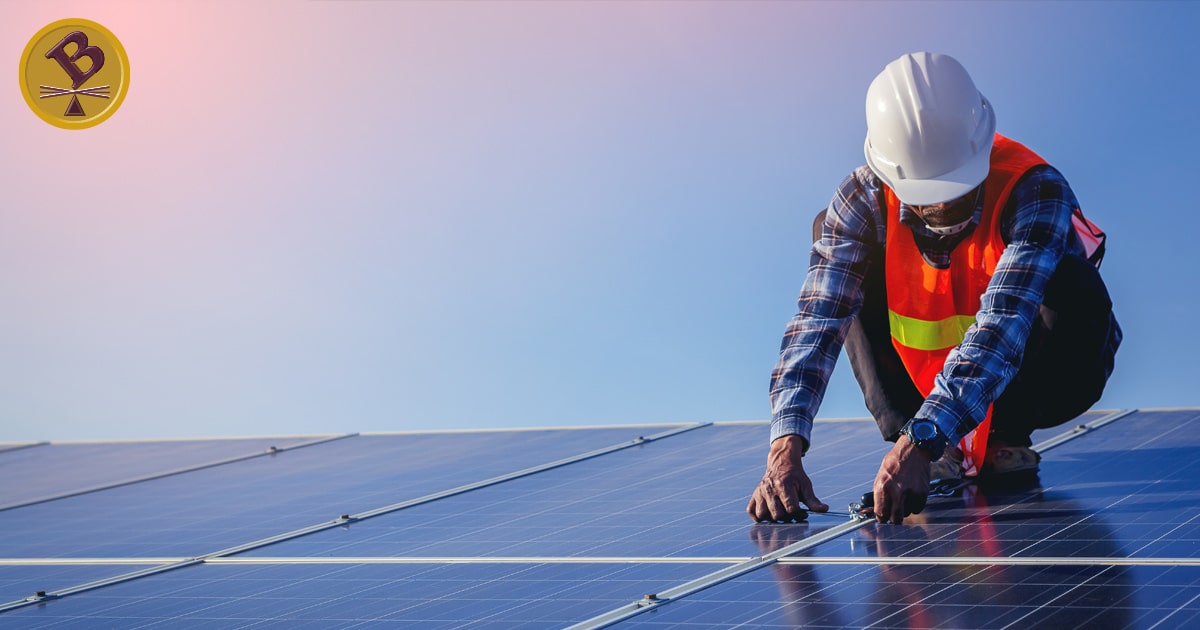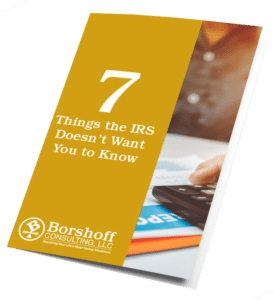Have you made energy-saving upgrades in the past year? If you have, you may be eligible for a tax credit that can save you big time during tax season.
Unlike tax deductions, tax credits reduce your tax liability directly, dollar for dollar. Tax deductions reduce your taxable income – what you pay taxes off of. This credit is worth up to $500 for qualifying property expenses.
In this article, we will take a close look at the tax credit for residential energy-efficiency upgrades – what they are, taxpayer requirements to claim this credit, how much the credit is worth, what property improvements qualify for this tax credit, tax limitations as they apply for the tax credit, how to file your tax return if you want to claim this tax return, and more!
When going for federal tax credits, keep a few things in mind. First, a tax credit, like this one, which is nonrefundable, can help reduce your tax bill, but will not result in a tax refund or an increased tax refund if you are due one.
Second, make sure you are qualified to take the credit before shooting for the stars on your annual tax return. The last thing you want is a tax audit, resulting in you owing the IRS money that you weren’t expecting to have to pay. Granted, the IRS will probably work something out with you, such as a repayment plan, but it’s best to do things right the first go around.
Finally, when taking tax credits, it is a smart idea to hire a tax professional or qualified tax consultant who knows how to complete the additional tax forms and schedules that are required with tax credits. Tax professionals know the ins and outs of tax law, new rules and regulations, and how to file your tax return and any additional forms. They can also make sure you are actually qualified to take the credit, so you don’t end up with an unfavorable tax audit.
What is the energy-efficient tax credit?
The IRS offers incentives for times when you make your home more energy-efficient. The Residential Energy-Efficient Tax Credit was created for taxpayers who make their homes more energy-efficient by installing alternative energy equipment.
Who qualifies to claim the Energy-Efficient Property Tax Credit?
Taxpayers must be United States citizens or resident aliens who have made residential renewable energy improvements or updated existing energy-efficient homes. Updates, as they relate to renewable energy tax credits, may involve energy star improvements or solar energy updates. These types of credits have been extended through December 31.
You might be eligible to claim the energy-efficient tax credit if you made energy-saving improvements to your primary residence during the tax year. The Resident Energy-Efficient Property Tax Credit is a non-refundable tax credit, meaning it can reduce your tax liability to zero if you qualify, but you cannot receive a tax refund from the credit if it is greater than your tax bill.
A refundable tax credit gives you the possibility of receiving a tax refund if you qualify. Basically, a refundable credit takes the amount of the tax credit less your tax liability and gives you a tax refund for the difference or increases the amount of your tax refund if you were already due one.
How much is the Residential Energy-Efficient Property Tax Credit?
This particular tax credit is equal to the applicable percentage of the cost of qualified property. Typically, it is for alternative energy equipment terminates for property placed in service after December 31, 2021. The applicable percentages for the Resident Energy-Efficient Property Tax Credit are as follows:
- For property placed in service after December 31, 2016, and before January 1, 2020, the rate is 30%.
- For property placed in service after December 31, 2019, and before January 1, 2021, the rate is 26%.
- For property placed in service after December 31, 2020, and before January 1, 2022, the rate is 22%.
Taxpayers can claim this tax credit for up to 10% of the cost of qualified energy-efficient improvements and the amount of residential energy property expenses paid or incurred during the tax year.
The nonrefundable credit limit is worth up to $500, meaning you can use the credit to offset your tax bill, but you cannot receive a tax refund for any amount coming off this tax refund. If it was refundable and your tax bill was $200, you could possibly receive a $300 tax refund (the credit is worth $500, your tax bill was $200, and the difference is $300, which would be a refund).
What are considered to be qualifying properties for this tax credit?
Qualifying properties for the Resident Energy-Efficient Property Tax Credit are solar electric property, solar water heaters, geothermal heat pumps, small wind turbines, and fuel cell property. It is critical that you understand the details of what is eligible when claiming this tax return because you only want to claim tax credits that you are qualified to take.
If you take tax credits you are not qualified to take, you could end up owing the IRS money for an unexpected tax bill. Often, the IRS looks at tax credits on annual tax returns because many people try to take credits they are not qualified to take.
If they audit your tax return, you will want to make sure you are eligible for any deductions or credits you took, and you need to make sure you have the right backup documentation to show the IRS you were eligible to take them.
Generally, traditional roofing materials and structural components do not qualify for this particular tax credit. Some solar roofing tiles and solar roofing shingles serve as solar electric collectors while also performing the function of traditional roofing, serving both the functions of solar electric generation and structural support, and such items may qualify for this tax credit.
The roof’s decking or rafters serving as a roofing or structural function are not qualified for this tax credit.
Qualified energy-efficient improvements include the following qualifying products:
- Energy-efficient exterior windows, doors, and skylights
- Roofs (metal and asphalt) and roofing products
- Insulation
- Residential energy property expenses, including energy-efficient heating and air conditioning systems, water heaters, and biomass stoves.
For qualifying properties to claim these, they must meet the applicable standards in the tax law. When trying to decipher tax laws, it’s a smart idea to enlist the help of a qualified tax consultant or professional, someone who knows the language of taxes. Only seek out a tax accountant who is qualified to give you an accurate consultation regarding your tax situation.
What are the tax limitations for this tax credit?
For the tax years of 2018 and 2019, the Resident Energy-Efficient Property Tax Credit is limited to an overall lifetime credit limit of $500 (there is a $200 lifetime limit for windows).
Individual tax credit limitations include:
- $50 for an advanced main air circulating fan
- $150 for any qualified natural gas, propane, or oil furnace, or hot water boiler
- $300 for any item of energy-efficient building property.
How do these tax credits work on your taxes?
To claim energy-efficient tax credits, you will need to complete IRS Form 5695: Residential Energy Credits and attach it to your annual tax return. Maintain copies of your manufacturer’s certification statements and all itemized bills and receipts.
Always keep the right documentation so you are not caught off guard if you receive a tax audit. It’s a good idea to keep a copy of your annual tax return and all backup materials you used to get the numbers you put on your tax return. You want to be able to show proof that you were eligible for the tax deductions or tax credits that you took on your tax return.
What else do I need to know about this tax credit?
With the Resident Energy-Efficient Property Tax Credit, only fuel cell property is subject to a limitation, which is $500 with respect to each half kilowatt of capacity of the qualified fuel cell property.
Conclusion
Are you ready to file your taxes or claim tax credits? Do you understand the forms and schedules required when claiming tax credits? If you find tax credits to be overwhelming, you are not alone; many people dread filing their taxes, and tax credits usually require you to complete additional forms, worksheets, and schedules.
Tax credits are complicated to understand, compute, and file. Because of this, you may want to get the help of a tax consultant when filing your tax return. A qualified tax consultant can explain the tax credits to you with all details, showing you why or why you are not eligible for a particular tax credit. They can also calculate whether the tax credit is truly beneficial to you or not.
If you are concerned about or expecting a tax audit, reach out to us, and we’ll gladly represent you in an audit. We are fully qualified and have the experience to help you before, after, and during an audit! If we are unable to help you with the many tax and business services we offer, we’ll find someone who can!
Contact us today for more information on the many services we offer, including tax audit representation, tax consulting, tax preparations, and business consulting for small to medium-sized businesses. Reach out today for a free consultation, and we will help you with your tax or business concerns. You can trust Indiana’s tax expert!





